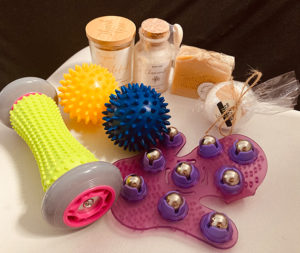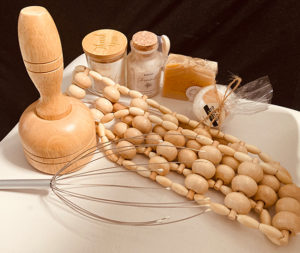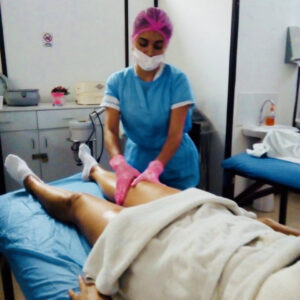
Swedish Massage
Long, gliding strokes on the surface layers of the muscles to promote relaxation. Reduction of stress and daily tensions. Increased tranquility and relaxation. Decreased pain and inflammation. Reduction of muscle tension. Improvement of circulation, energy, and immune system. Pain relief (helps reduce back and head pain). Improves blood and lymphatic circulation. Fights anxiety and depression. Promotes the elimination of toxins. Enhances tissue flexibility. Reduces symptoms of premenstrual syndrome.

Sports Massage
A more vigorous type of massage that reaches the deeper layers of the muscles and is ideal for athletes. It can increase and decrease sensitivity, reduce pain, and regulate muscle tone. It increases blood flow and gas exchange. In relation to the nervous system, the massage can relax but also stimulate, depending on the technique used. It removes dead skin cells, increases temperature and blood flow. It improves joint mobility. Reduces muscle fatigue. Promotes the elimination of waste products from the body. Increases urine elimination. Supports intestinal activity. Increases oxygenation. Reduces recovery time. Mental relaxation.

Massotherapy
It involves the use of various massage techniques for therapeutic purposes, to treat diseases and injuries. The application of therapeutic massage is primarily used in cases of contusions, bruises, myositis, myalgias, muscle tears, sprains, post-surgical wound healing, and muscle spasms. The massage techniques used for these injuries are friction, rubbing, and kneading.

Postoperative
A series of gentle, specific maneuvers performed in a determined order, aimed at helping the lymph, which may be stagnant, reach the lymph nodes and bloodstream. Toxic elements are eliminated through sweat and urine. It removes metabolic waste, excess water, toxins, bacteria, large protein molecules, and foreign substances from the tissues. It reduces pain and promotes relaxation.

Foot Reflexology
An oriental technique aimed at balancing the body’s energy through manipulations on the feet, where reflex points correspond to each area of the body. The general effects include stimulating the nervous, circulatory, and glandular systems, influencing the body’s defense system. The massage releases waste materials, eliminating them through the excretory glands, thereby restoring its energetic balance and inducing a state of relaxation. It calms stress and anxiety. Strengthens the immune system. Activates blood circulation. Relieves pain, especially back, neck, head, ear, and tooth pain. Reduces insomnia and improves sleep quality. Promotes detoxification mechanisms. Helps eliminate toxins from the body. Balances the central and peripheral nervous systems.
